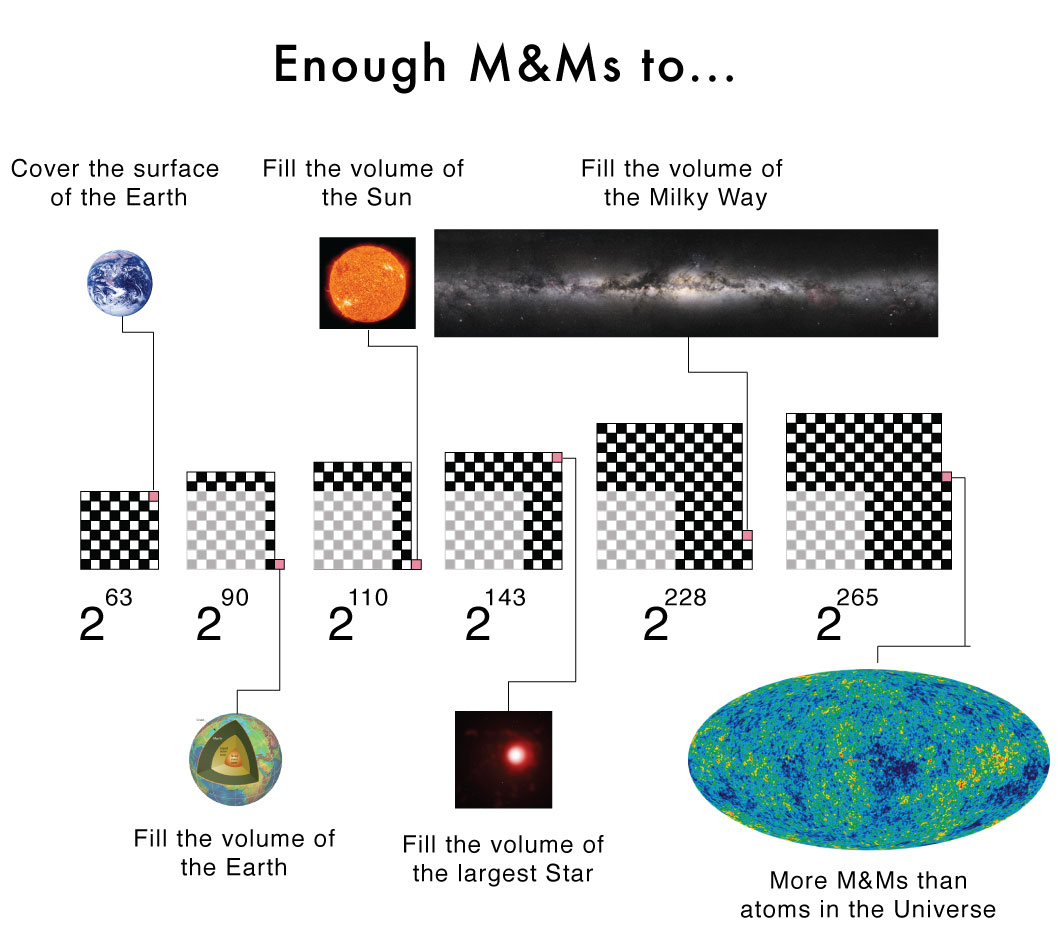A powerful, riveting, essay in the New Yorker by Salman Rushdie about how the fatwa, issued over the publication of "The Satanic Verses", tore his life apart.
“How does it feel,” she asked him, “to know that you have just been sentenced to death by Ayatollah Khomeini?” It was a sunny Tuesday in London, but the question shut out the light. This is what he said, without really knowing what he was saying: “It doesn’t feel good.” This is what he thought: I’m a dead man. He wondered how many days he had left, and guessed that the answer was probably a single-digit number.
If someone thousands of miles away suddenly – and very publicly – ordered my death, I don't think I would know how to react. A career in Physics does not prepare one for that. But neither does a career as a writer.
A few years back I read several Rushdie books back to back. "The Satanic Verses" is an impressive, nuanced, and sprawling work. For me, one of the most interesting parts of Rushdie's essay is where he discusses the story which inspired "The Satanic Verses". It is startling how badly the book was misinterpreted.
The book took more than four years to write. Afterward, when people tried to reduce it to an “insult,” he wanted to reply, “I can insult people a lot faster than that.” But it did not strike his opponents as strange that a serious writer should spend a tenth of his life creating something as crude as an insult. This was because they refused to see him as a serious writer. In order to attack him and his work, they had to paint him as a bad person, an apostate traitor, an unscrupulous seeker of fame and wealth, an opportunist who “attacked Islam” for his own personal gain. This was what was meant by the much repeated phrase “He did it on purpose.” Well, of course he had done it on purpose. How could one write a quarter of a million words by accident? The problem, as Bill Clinton might have said, was what one meant by “it.
As a physicist I have become used to popular accounts of my working being mangled when they are reported. This is not due to incompetence or maliciousness by the reporter, but is often because trying to explain what is happening at the cutting edge of quantum mechanics to the average person is an extremely difficult and subtle task. At worse we end up with misguided blog comments or the occasional angry rant laced with ad hominem attacks. When a writer like Salman Rushdie's words are mangled people die.








